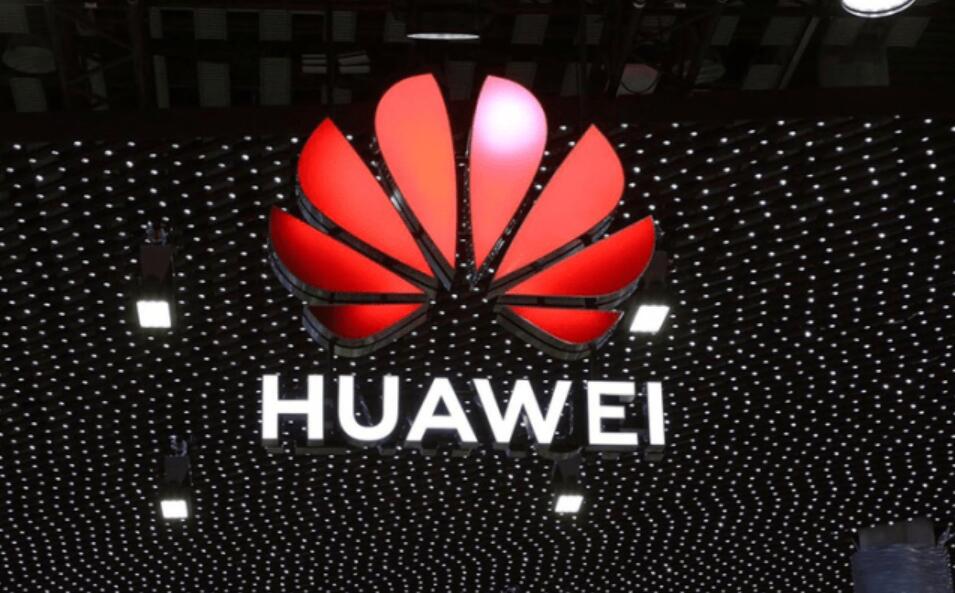Aside from FAB manufacturing Chips, Huawei is investing a lot, hopefully it had the manpower and resources in other field.
From cnTechPost
Huawei is putting huge resources in R&D of LIDAR technology
2020-08-11 20:52:16 GMT+8 | cnTechPost
1
Huawei's optoelectronic technology research center in Wuhan, where a total of more than 10,000 employees work, is developing LIDAR technology, said Wang Jun, president of Huawei Intelligent Automotive Solutions BU.
The goal is to develop a 100-line LIDAR in the short term, Wang Jun said at the 12th Automotive Blue Book Forum.
Future plans are to reduce the cost of LIDAR to $200 or even $100, he said.
In June last year, Huawei announced the establishment of Smart Car Solutions BU, which is under the management of the ICT Management Committee. The division is positioned to provide ICT components and solutions for smart cars to help car companies build better cars.
BU is a tier-one department alongside BG in Huawei's organizational structure. So far, Huawei now has three major BGs: Carrier BG, Enterprise BG, and Consumer BG, as well as two BUs: Cloud&AI Products and Services BU and Smart Car Solutions BU.
LIDAR is a crucial sensor in automated driving, and the more threads there are, the more high-end and accurate it is.
LIDAR is a sensor used to obtain accurate three-dimensional position information, just like the human eye, which can determine the position, size, external shape, and even material of objects.
It consists of a transmitting system, a receiving system, and three parts of information processing.
Its working principle is to emit a detection signal to the target, and then the received signal reflected back from the target, so as to obtain information about the target, such as distance, orientation, height, speed, attitude, and even shape of the target and other parameters.
Xu Zhijun, Huawei's rotating chairman, had said at the World Smart Connected Car Conference Summit Forum that Huawei will build LIDAR, millimeter-wave radar and other smart car core sensors to create a new sensor ecology.
Huawei will use its own 5G technology to develop millimeter-wave radar to enable all-weather imaging. Huawei will also make full use of the world's leading optoelectronic technology to develop LIDAR to truly solve the cost and performance problems faced by radars, he said.


